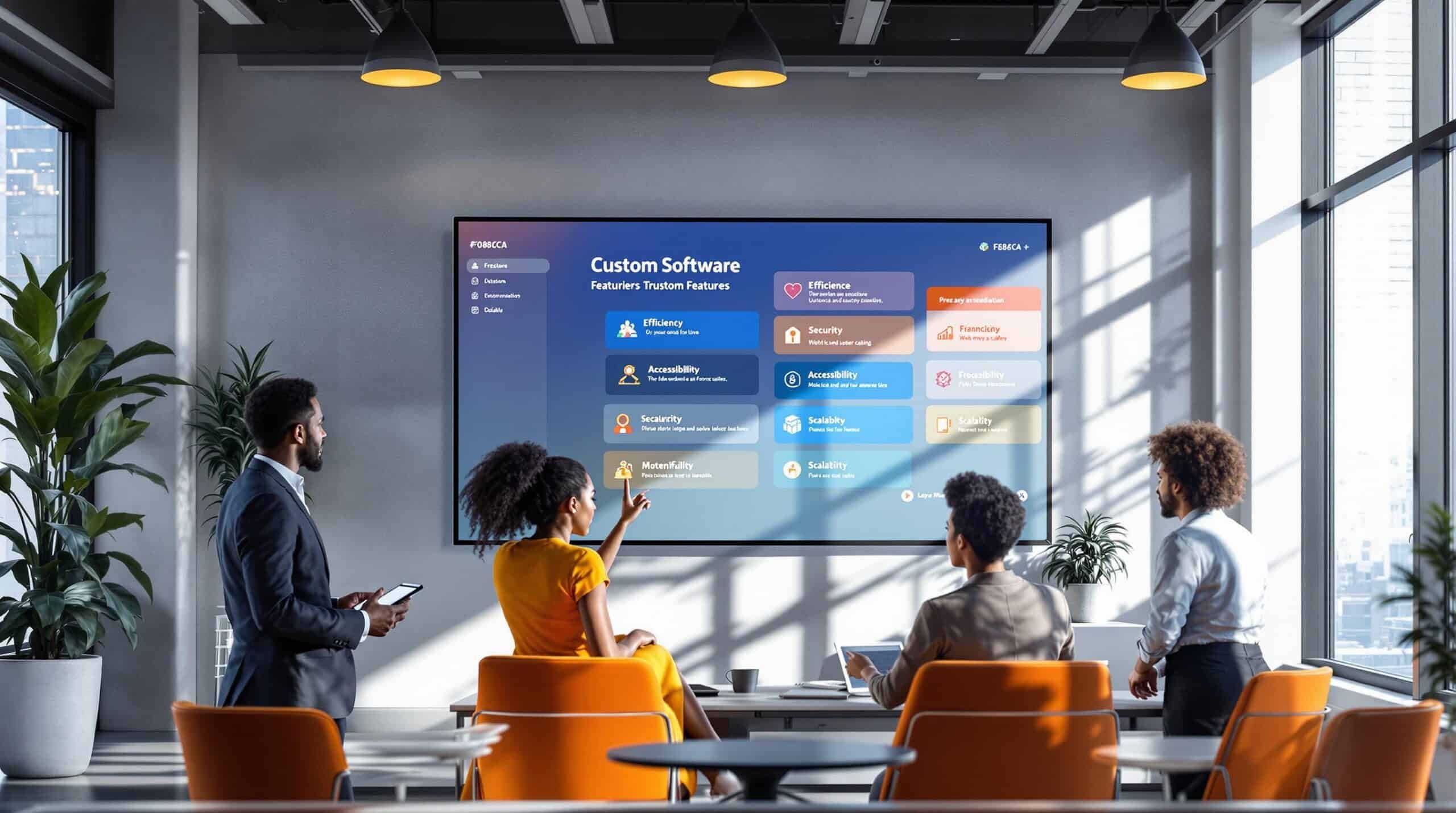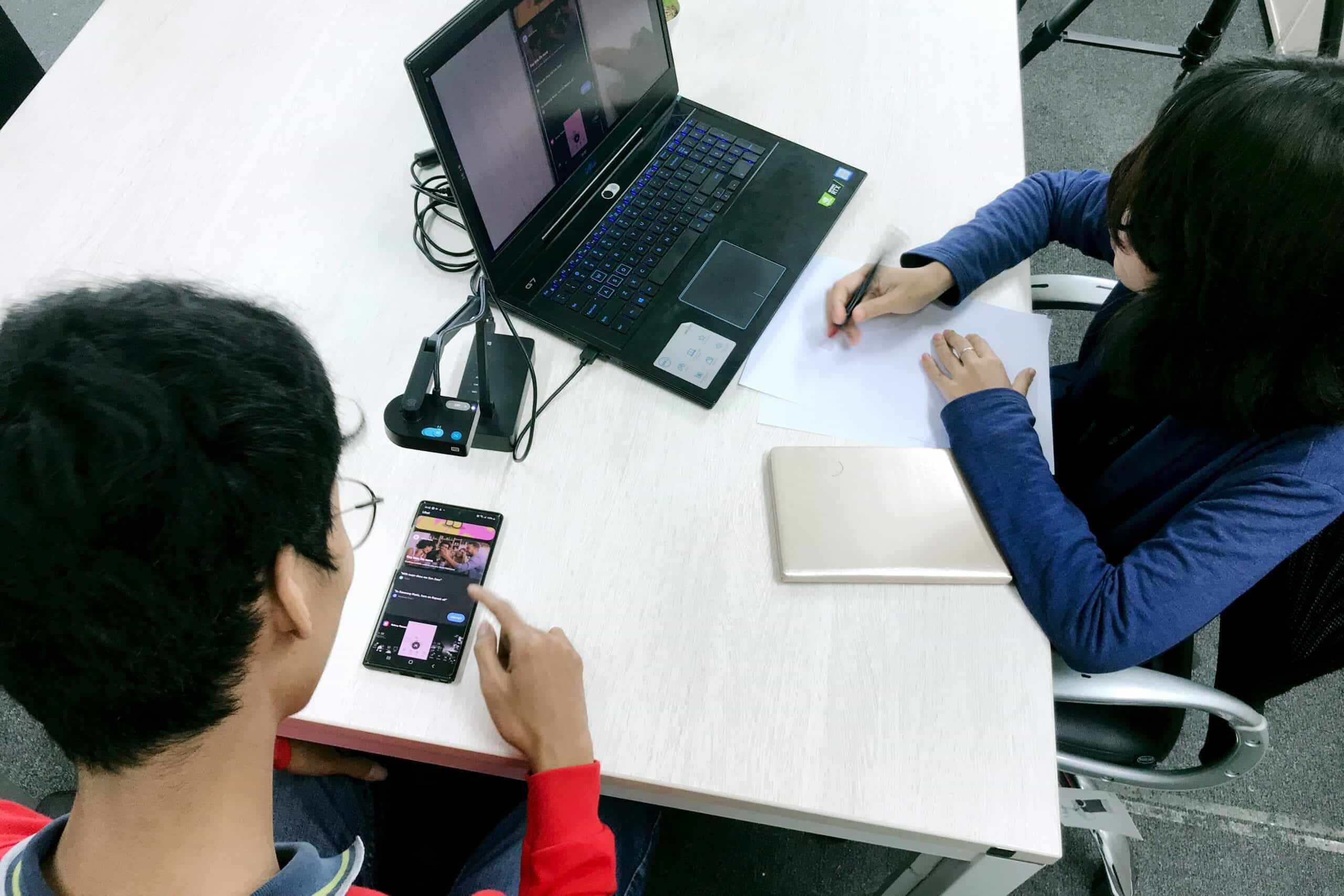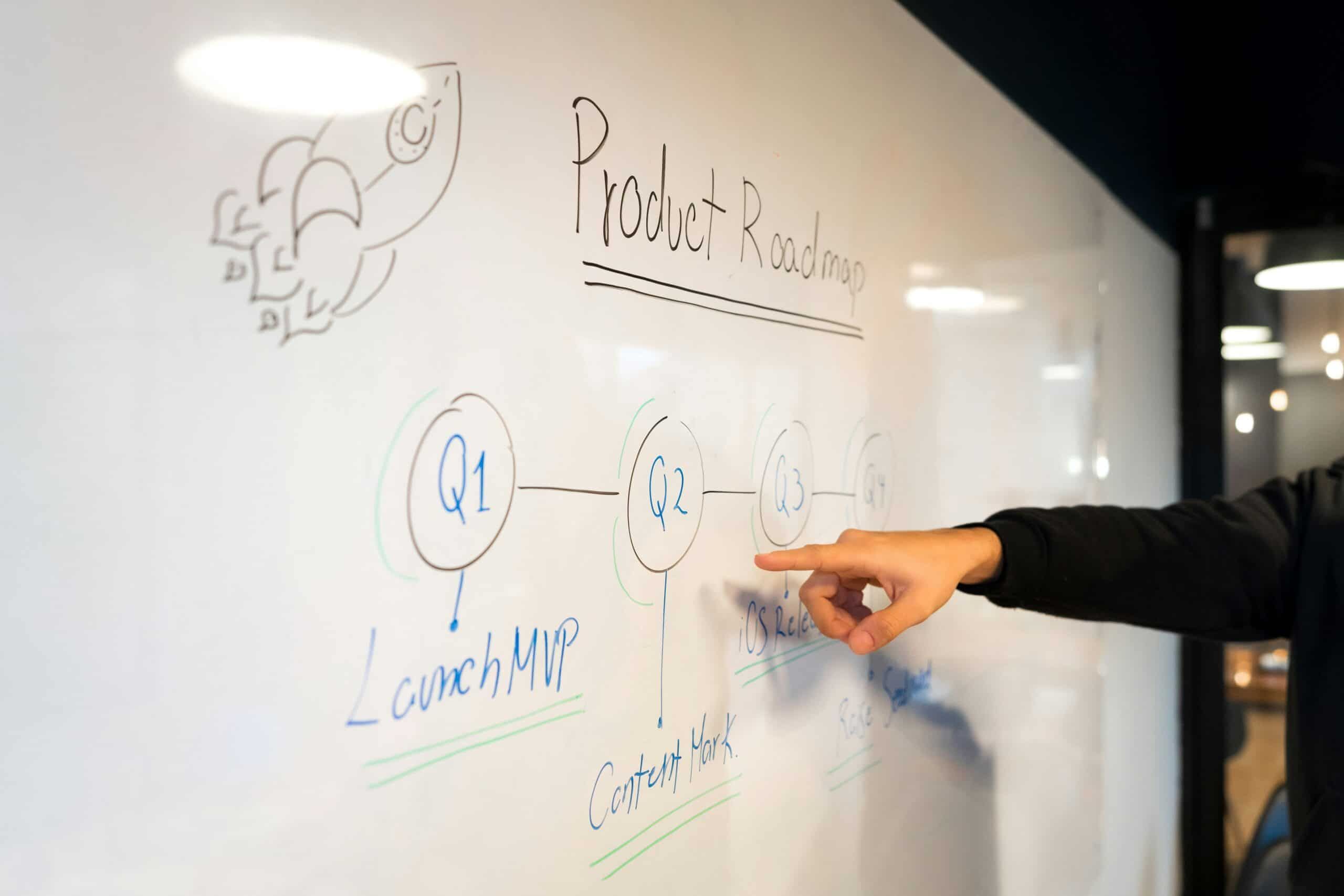Human-Centered Design: A Process for Usability and Success

A Human-Centered Design (HCD) process ensures that your product, whether software or hardware, is designed with the user in mind at every step. This process is unique because the stakeholders of a product recognize that its success ultimately depends on the user who will be using it.
The Human-Centered Design Process
The HCD process typically unfolds in the following sequence:
- Define: Identify the design or problem.
- Research: Who are the users and how will the use the product?
- Ideate: Formulate solutions for the problem.
- Prototype: Create a testable version and Test its effectiveness.
Following the test, the HCD process allows for a redefinition of the issue if necessary. The iterative nature of this process, driven by user feedback, is one of HCD’s key strengths. This flexibility allows HCD to adapt to the user’s changing needs and preferences.
The HCD approach is built on the understanding that every product has two sides: the business and the user. Even though design is done with the user in mind, the role of the business cannot be overlooked. As a business supporting the HCD approach, it’s essential to recognize that the user’s importance is equal to that of the business, emphasizing the balance and mutual reliance between them.
Usability & Accessibility
When done correctly, a solid HCD approach will also address the requirements regarding usability and accessibility, ensuring that all potential users can work with the product.
Although accessibility is nowadays more often than not mentioned specifically without addressing usability, both are tightly related. If the HCD process is properly applied, a product with excellent usability design should naturally be accessible. The research, prototyping, and testing phases of HCD are intended to ensure that all users, including those using assistive technologies, can successfully interact with the product.
Applying the HCD process while designing and developing your product should always result in a product with good usability and user experience.
How do you apply the Human-Centered Design Process?
Applying a good Human-Centered Design relies on people with various skill sets in the design space. But first and foremost, it is doing the research and understanding your users. This is why the HCD process doesn’t start at the ‘drawing board’; it starts with the people using your product. This means not only taking the answers your users provided by their words but understanding what caused them to provide these answers. What else do you know about your users? How they use your product? In what mindset or time of day? These are all questions that can help you interpret the answers provided.
Although team members with experience in the HCD process will help, every product requires the same process. Your product may be slightly different than that of a competitor, or your user base might have changed since your last version of the product. New features might require different usage. It is always worth every penny and every minute invested in learning to know your user base again.
As a business, you might think you know everything about your users. But if you work with an HCD team, your knowledge will be tested. Rest assured, don’t think the HCD team that works on your product is ignoring your information—a good HCD team takes it to heart. However, they will still need to learn from your user base to ensure the business requirements are met while also addressing the product’s usability.
Why should you require the Human-Centered Design approach?
Applying the HCD process to your product design and development will not be more costly than doing it without. It usually saves money in the long run if applied correctly and with an experienced team.
A well-done HCD will avoid overdesigning your product, keeping the design lean while maintaining usability and accessibility. Customers are more likely to buy products that meet their needs and meet or exceed their usability expectations. A positive user experience often increases a product’s reputation and customer loyalty.
And don’t just take our word for it—we always recommend doing your research online about the benefits of Human-Centered Design.
But always know that when working with OpenArc, you will always work with a highly experienced HCD team to make your next product the best it can be.





